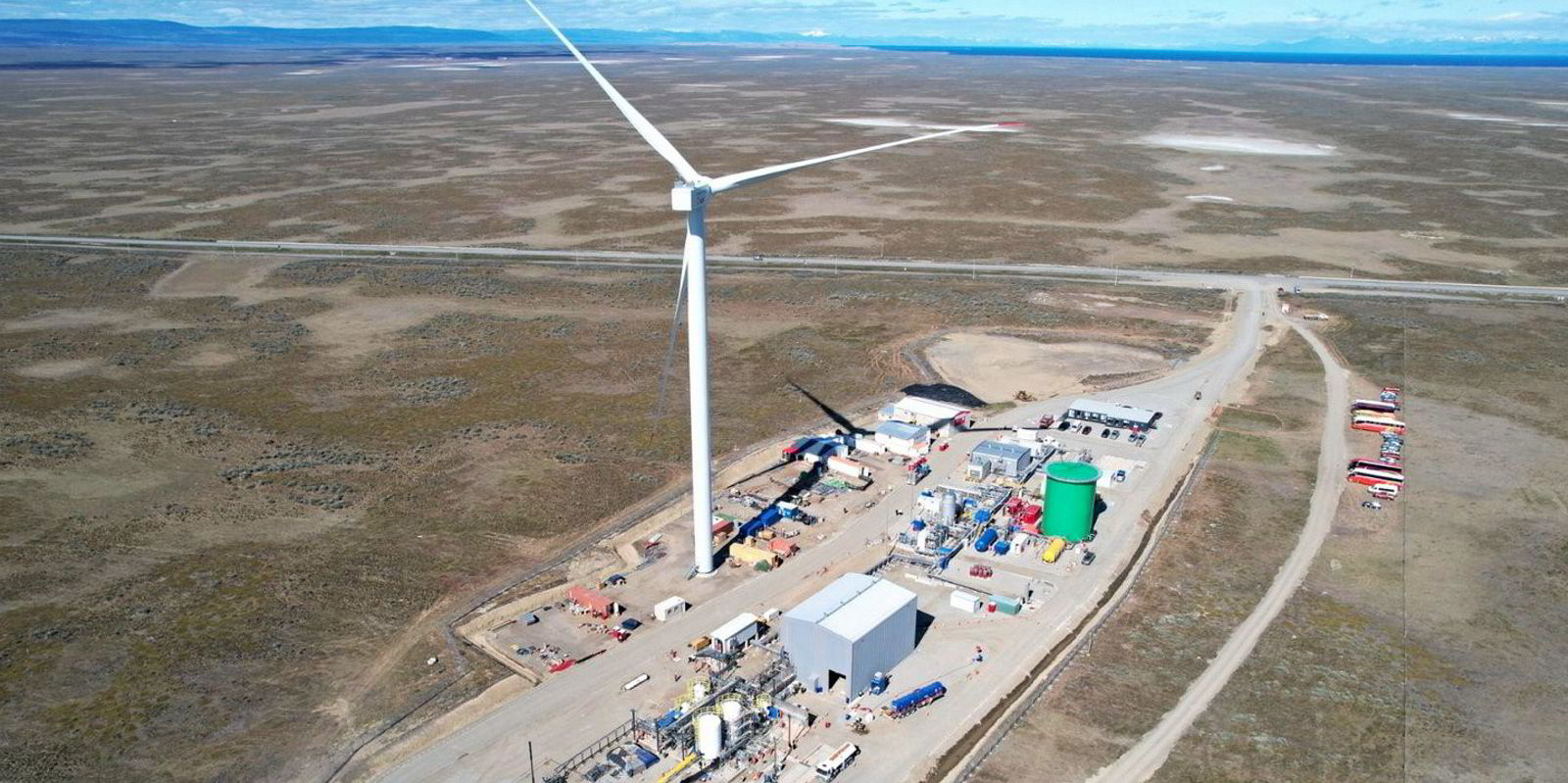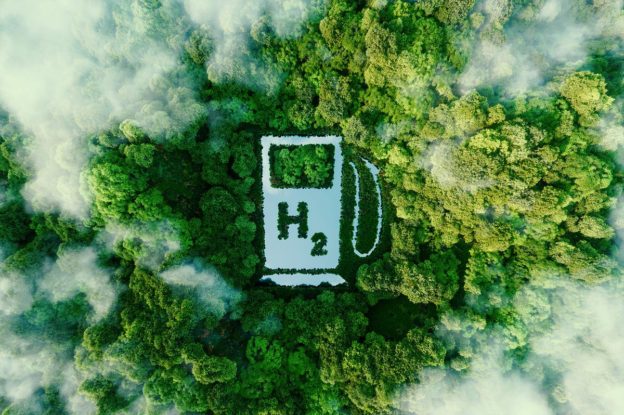Australia, the US and Spain will take the lead, boosted by subsidies and mega-projects, according to data provided to Hydrogen Insight by Rystad Energy
Who do you think would be among the ten leading nations for green hydrogen projects by the end of the decade? Surely China would be up there, wouldn’t they? And what about some of those smaller nations that are aiming to become global players in renewable H2, such as Namibia, Mauritania and Oman?
Well, according to data provided to Hydrogen Insight by Rystad Energy, none of these nations will be in the top ten in 2030.
The Norwegian analyst’s newly updated assessment of announced green hydrogen projects and targets around the globe shows that Australia, the US and Spain will lead the market at the decade’s end, followed by Canada, Chile, Egypt, Germany, India, Brazil and Morocco.
“We have seen some movements here just over the past few months — 2023 definitely looks to be quite a big year for hydrogen, as we have seen major agreements in the US as well as the European agreement between RWE and Equinor, and more,” Rystad’s head of hydrogen Minh Khoi Le tells Hydrogen Insight.
“Australia makes a surprise entry, mainly thanks to the Australia Renewable Energy Hub that can start in 2030,” he says, adding that delays in this project could mean Australia will reach 1.5 million tonnes of green hydrogen yearly by 2030 instead of 2029.
“A difference of 10,000 tonnes (0.5% of their capacity in 2030) between Australia and US means we should call them equal at the current time. Especially as Australia’s spot depends on one project to be installed exactly in 2030.”
Spain’s position among the top players is not surprising to Le, as the Spanish government has approved ten major projects already, including Fertiberia and Iberdrola’s Puertollano project, which was commissioned last year and is expected to produce 200,000 tonnes of green hydrogen annually.

Renewable-energy superpower China has not made it into the 2030 top ten list, mainly due to Beijing’s current targets.
“The Chinese government has set a target of 200,000 tonnes of green hydrogen being produced annually from 2025. That means their target is nowhere near the 10 million tonnes production target in the EU, and the US is planning around the same amounts,” explains Le.
“From the past developments in the Chinese solar industry, we know that the Chinese industry benefits from local demand being ambitious early — so let’s see if there will be a stronger, more aggressive push from the Chinese government. We have seen some big [Chinese green hydrogen projects], but it is more driven by big players such as Sinopec to decarbonise their own production.”
https://www.hydrogeninsight.com/production/exclusive-which-ten-countries-will-be-the-biggest-producers-of-green-hydrogen-in-2030-/2-1-1405571





